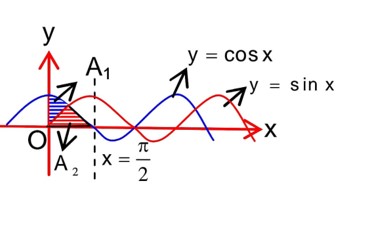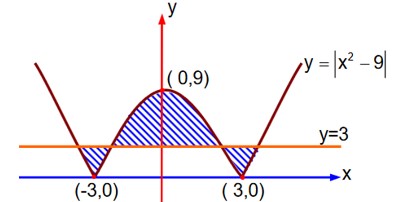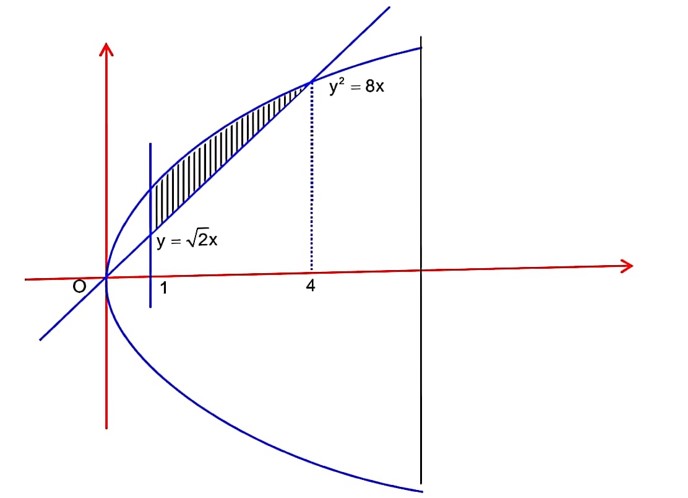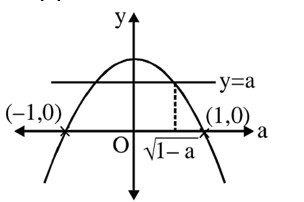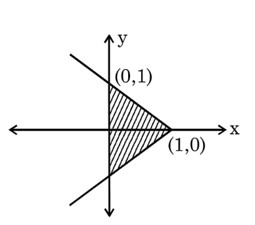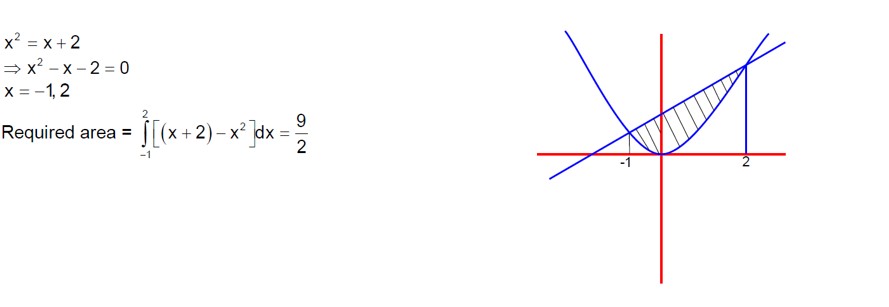Area Under Simple Curves
Get insights from 13 questions on Area Under Simple Curves, answered by students, alumni, and experts. You may also ask and answer any question you like about Area Under Simple Curves
Follow Ask QuestionQuestions
Discussions
Active Users
Followers
New answer posted
2 months agoNew answer posted
2 months agoContributor-Level 10
Area A = 2π - ∫? ¹ (√x - x) dx is incorrect. The area is likely between two curves.
The calculation shown is:
A = 2π - [2/3 x^ (3/2) - x²/2] from 0 to 1.
A = 2π - (2/3 - 1/2) = 2π - (4/6 - 3/6) = 2π - 1/6 = (12π - 1)/6.
New answer posted
2 months agoContributor-Level 10
Limit (n→∞) [[r] + [2r] + . + [nr]] / n²
We know that x - 1 < [x] x.
Summing from k=1 to n for [kr]:
Σ(kr - 1) < [kr] (kr)
rΣk - Σ1 < [kr] rk
r(n(n+1)/2) - n < [kr] r(n(n+1)/2)
Divide by n²:
(r/2)(1 + 1/n) - 1/n < ([kr])/n (r/2)(1 + 1/n)
As n → ∞, both the left and right sides approach r/2.
By the Squeeze Theorem, the limit is r/2.
New answer posted
2 months agoContributor-Level 9
Given curves are y = x² - 1 and y = 1 - x² so intersection points are (±1,0). Bounded area =
4∫? ¹ (1 - x²)dx = 4 [x - x³/3]? ¹
= 4 (1 - 1/3) = 8/3 sq. units
Taking an Exam? Selecting a College?
Get authentic answers from experts, students and alumni that you won't find anywhere else
Sign Up on ShikshaOn Shiksha, get access to
- 65k Colleges
- 1.2k Exams
- 679k Reviews
- 1800k Answers

